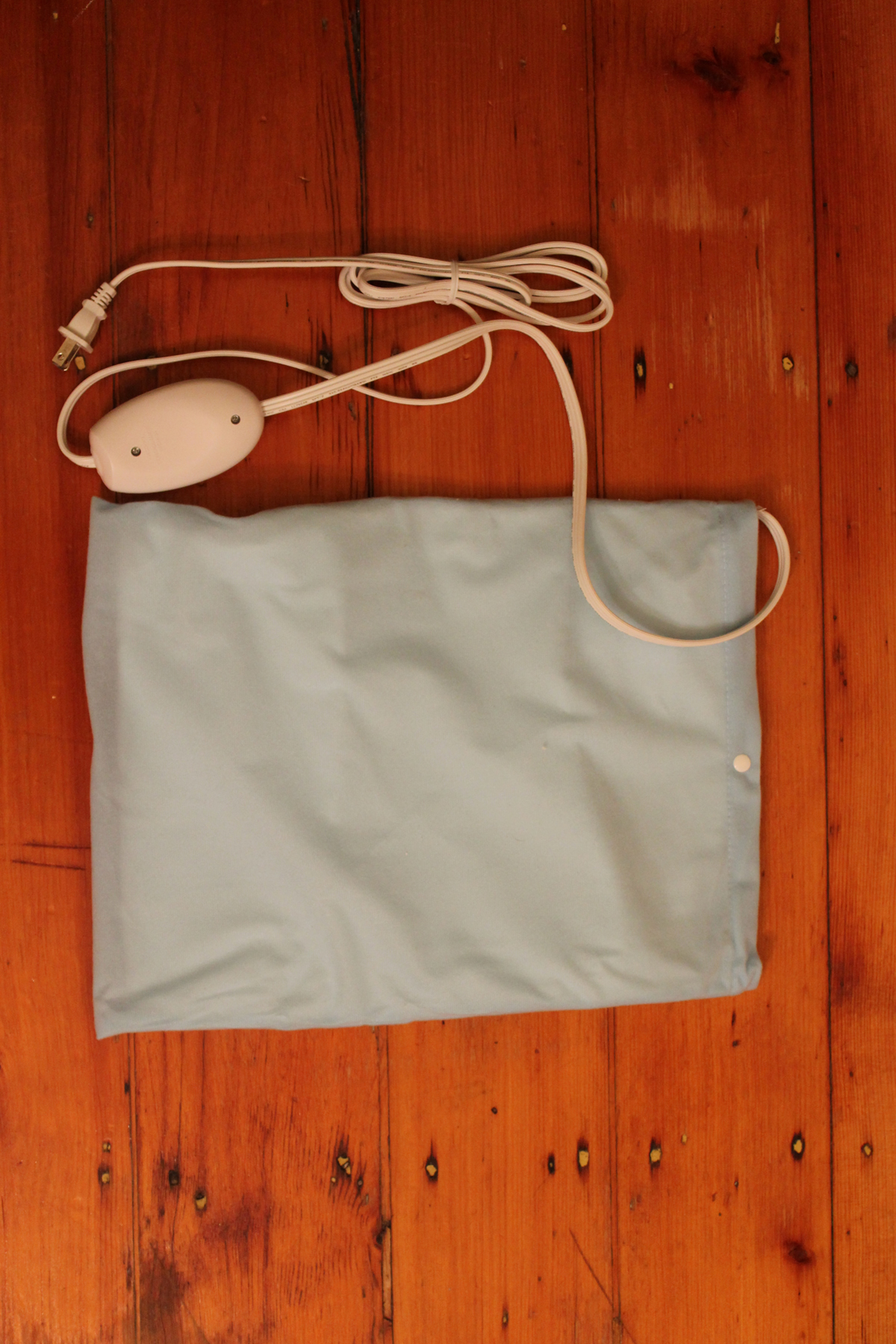
Introduction
Hip pain is largely caused by inactivity, which characterizes the better part of the American nation. In the absence of exercise, the bones get weak and thin, which leads to hip fractures, among other things. Regular exercise is very beneficial for strengthening the bones. Hip pain can also be caused by numerous underlying conditions such as tendonitis or arthritis.
Remedies
One of the most beneficial methods of treatment for the hip pain is applying an electrical heating pad a few times a day, but a hot towel can also do the trick. If the heat does not provide the desired results, ice can be wrapped in a towel and applied topically. Medications with potent anti-inflammatory properties such as ibuprofen can also be very efficient in reducing pain and swelling. A simple exercise that involves twisting and rotating of the pelvis can also be of great help in reducing the symptoms of hip pain.
Sometimes a patient may require a cane in order to walk properly and pain-free. Cane must have the appropriate size otherwise it may lead to increased pain. Losing some excess body weight can also come in very hand in relieving the strain on the hips and reducing the pain. In order to maintain a good overall health, the patient must always manage the medications precisely. Certain different types of medications must not be mixed together. The combinations of medications may cause certain severe complications. Stretching is also of utmost importance in relieving hip pain. There is also a very popular method called the RICE.
The first phase of the method involves resting and the patient needs to avoid all different activities that may be the cause of pain. The second phase involves applying ice packs which are very efficient in reducing inflammation. The third phase of the method involves the use of compression that gets applied around the hip and the pelvis area.
The fourth and the last phase of the RICE method involves elevation of the particular joint which is very efficient in relieving the pain and reducing the swelling. There are numerous physical exercise that can be very beneficial and they include yoga, upper body strengthening, swimming, riding a bicycle, walking on flat surface, and walking in water. It is highly recommended to avoid running, squats that involve heavy weights and any types of exercises that may require the patient to move the legs away from the body. Certain Pilates and yoga exercise may involve such motion.

















Your thoughts on this
Loading...